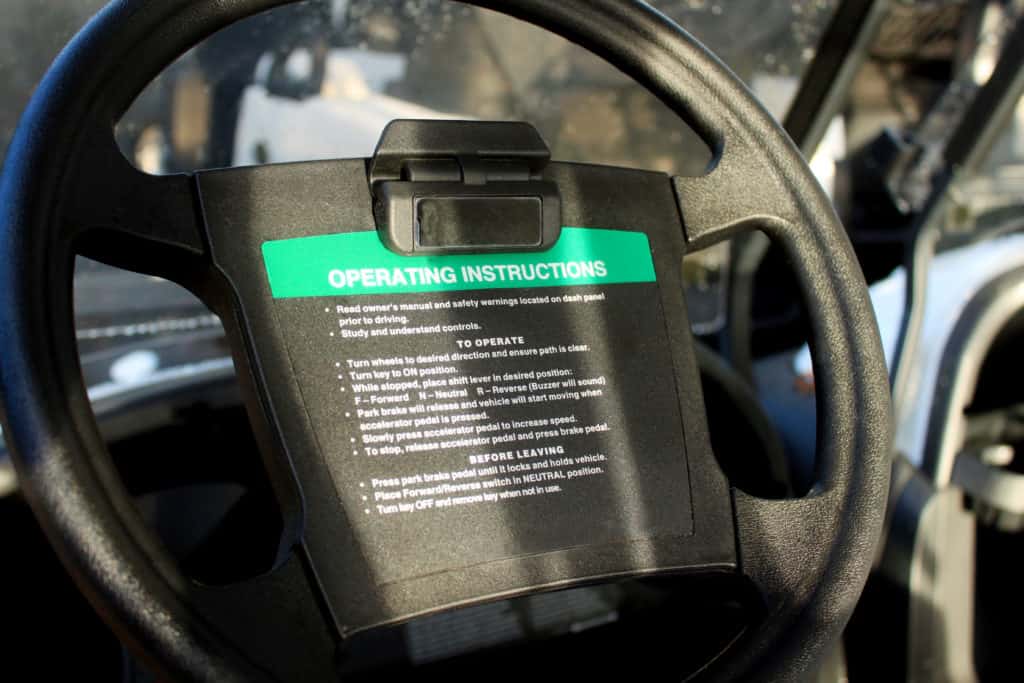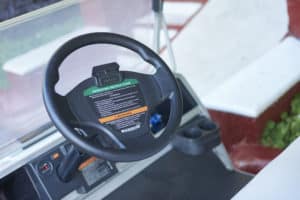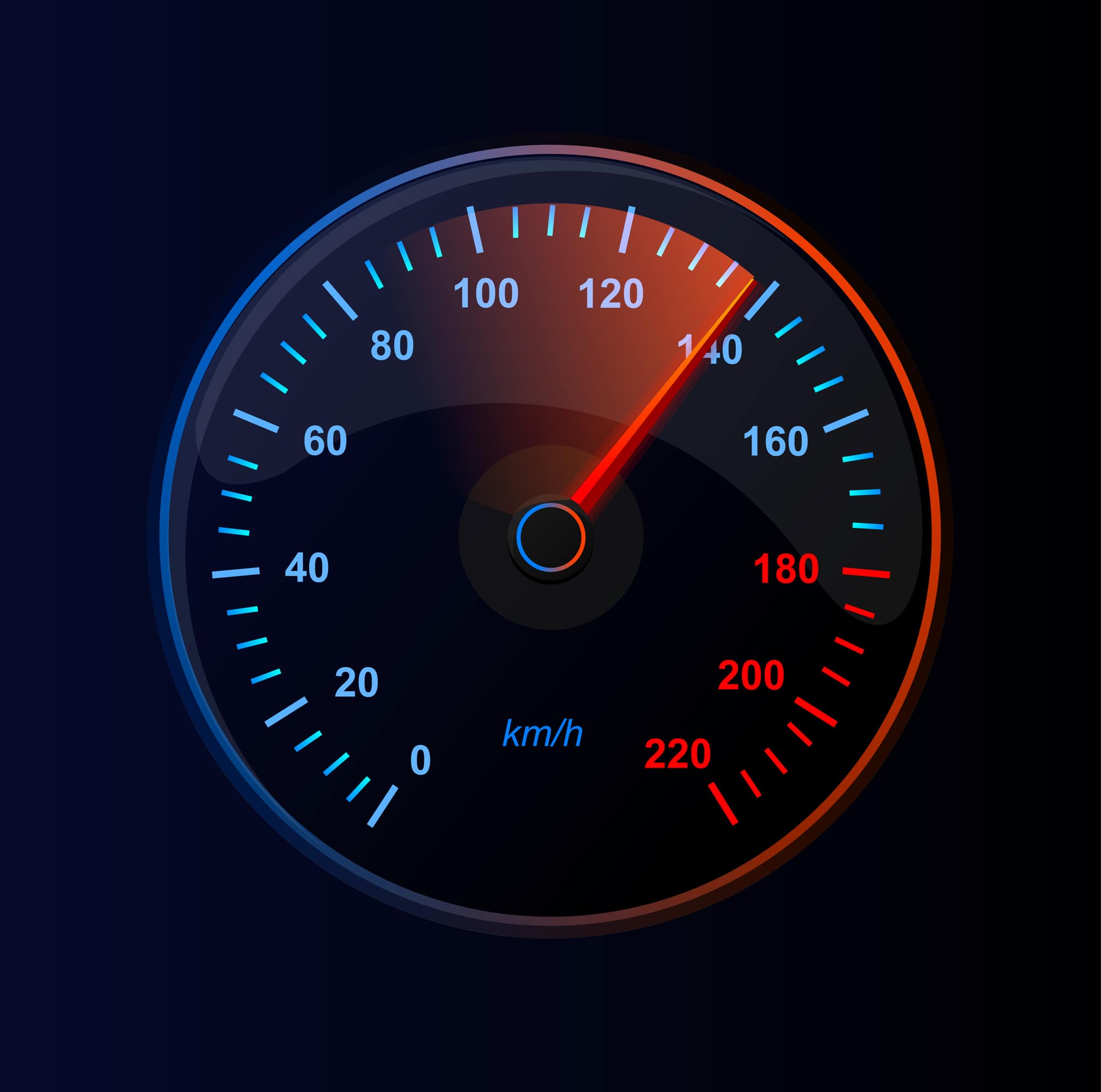
Over the years, your golf cart may experience a broad array of different issues.
Steering wheel alignment is one of the most common.
This issue can become frustrating to manage because it can affect your cart’s ride.
Thankfully, you shouldn’t have a hard time adjusting your alignment if you want to avoid any complications.
How to Align a Golf Cart Steering Wheel

Importance of Regular Alignment
The golf cart’s steering wheel is the center of your control hub and must be managed in a way that makes travel more comfortable.
When you lose alignment, there is a good chance that you could also drop some control over your cart.
While you’re probably not going to crash as a result of slightly off alignment, you may run into other problems.
For example, your cart will continually pull in one direction, which may require you to pull back in the opposite direction steadily.
This push and pull between you and the cart puts extra strain on the steering column that may cause it to fail prematurely.
And it can also cause wear and tear on your tires by placing pressure in spots that it shouldn’t be for too long.
As a result, your cart could be in serious trouble quite quickly.
What causes a steering wheel to lose its alignment?
Most of the time, just everyday wear and tear will cause it to loosen up a bit.
However, other problems – such as hitting a hard surface too fast – can also trigger alignment issues.
Fixing this problem shouldn’t take too long for most people.
Tackling it right away can ensure that you don’t have to manage other concerns later.
Removing the Steering Wheel

Now, this next section is necessary because you need to change how your steering wheel fits on your cart.
Though not hard, it does require some delicacy because the wheel may pop off and injure you.
You must:
Remove and detach the center plate screws
Carefully loosen the center shaft nut connected to the wheel
Tap the steering column while moving the steering wheel
Repeat this process until steering wheel pops off
At this point, your steering wheel is removed, and you shouldn’t have a hard time handling the rest of the alignment process.
The next several steps will be examined in much more depth to ensure that you get them right and keep your steering wheel adequately aimed.
The Alignment Process
Aligning your golf cart’s steering wheel shouldn’t be too hard for most people to handle.
Most owners should be able to handle this task without much difficulty, as long as they are willing to do a little work.
Thankfully, the steps below can be done in a matter of an hour or so.
If you find yourself struggling to perform any of these tasks, though, contact a professional.
You may end up doing more damage to your cart than good.
Reposition Your Wheel
After you have removed your steering wheel, as mentioned above, you can fit it back into place with proper alignment.
This process isn’t as hard as you might imagine.
All you need to do is check the threads on the sides of the steering rack where the ball joint makes contact with the rack.
These should give you an idea of your alignment and must be positioned upwards when aligning your wheel.
After you have these threads in the proper position, you can carefully place it back on the shaft.
Make sure to pay attention to the number of threads on the side of the steering wheel.
These must be equal on each side of the wheel, or it is not correctly aligned.
Change up the threads, as needed, to ensure that they have the proper balance.
You don’t have to do a lot of balancing to achieve this effect.
Adjusting Your Jam Nuts
Once your wheel is back in place on your cart, you need to make sure that you change the jam nuts to keep them properly positioned.
These nuts are what help to keep your steering wheel in place and must be carefully positioned so that the shaft can turn without running into them.
You’ll need a wrench to carefully tweak these nuts until they are out of the way of our rod when you turn.
Typically, you want to start with a half-turn on each nut when adjusting.
Check the position after a half-turn and then change again.
Repeat this process until your nuts are out of the way, and you have selected the settings that you want for your wheel.
At this point, you can slide the steering wheel back into place with a few gentle pushes and then tighten up the nuts to hold it in place without issue.
Positioning the Steering Box
The steps above often fix most issues with a steering wheel alignment.
However, there may also be a chance that you have to adjust the steering box.
This process starts with you dropping it slightly – there should be nuts or screws that you can remove to perform this step – and then pull out the turnbuckle.
This element helps to adjust your steering and makes your cart ride better on the road.
Once you have taken out the turnbuckle, you need to place your steering wheel as straight as possible.
Now, turn it to one side as much as possible and then straighten it.
Now, turn to the other side and hold it there for now.
This process helps you get an idea of how your turnbuckle reacts when you change the steering wheel position in this extreme way.
Now, you can rotate the turnbuckle while the wheel is turned to the side.
Slowly rotate it until you get the wheel back to the standard upright position.
This step helps your steering wheel get the kind of alignment that may be tough to get in any other way.
Now, you can return the turnbuckle and the steering box back to their proper spots.



Leave a Reply